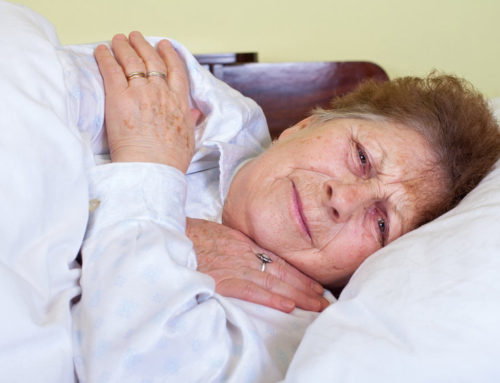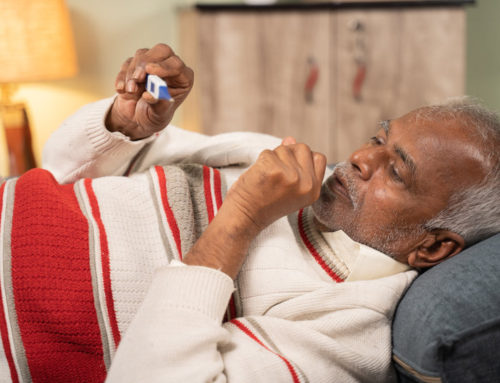Share This Story!
Transitioning From The Hospital To An After Care Facility
After a major surgery, patients need adequate treatment to prevent serious complications. Depending on the surgery, patients need round-the-clock care along with other treatments like massages to stimulate the healing process. Complications range from blood clots to heart attacks and only a licensed healthcare provide can identify and reduce the risk of these issues.
What happens after discharge?
Discharge means the hospital is releasing the patient from care services. Now, the patient is responsible for after care. Many patients want to head home after surgery, but usually, providers suggest a rehab facility instead. Rehabilitation facilities employ registered nurses, occupational therapists, physicians, and speech pathologists. All employees work together to implement and maintain a care plan for the patient.
- Nurses provide wound care, dispense medication, and monitor the patient’s overall condition
- Physical therapists teach patients how to walk, sit, and stand properly. PTs also teach patients how to use walkers and canes.
- Occupational therapists teach patients how to perform daily tasks safely and efficiently
- Speech therapists help patients with trouble swallowing, eating, or speaking
Finding a facility
The first step to finding a facility is knowing when the surgery and discharge will happen. Talk to the doctor to find out when the patient will be released from the hospital. Patients should also speak to the doctor or hospital staff and ask for facility referrals and recommendations.
The next step is all about location. The facility should be a safe traveling distance from the patient’s home and the hospital. Therefore, if the patient suffers from a complication, transportation can be coordinated easily. Visit a few facilities near the hospital or patient’s home and take note of the driving distance.
The third step involves research. Schedule a time to visit the facility and do a walk-through. This is the time to learn more about the staff and interact with providers. Are the employees warm and welcoming? How many providers work overnight to assist patients? Is the facility clean and is the equipment up-to-date? These types of questions can only be answered through an in-person visit.
Short-term Care
The needs of a short-term care patient differ from a long-term care patient’s need. Most people stay in a short-term facility for less than six months. Time spent at the facility is short, but patients still need to bond with and trust providers to help with recovery.





